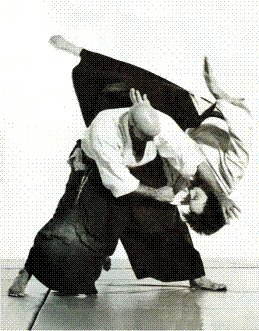Just Yell Fire!
Just Yell Fire is a 46 minute instructional film, created for girls 11 to 19, which demonstrates 10 street fighting techniques to get away from attack and date rape situations, shares a Dating Bill of Rights, and includes stay-safe strategies from law enforcement agencies. The film was created by volunteers to keep girls safe and to teach them to fight back against assault or abduction. It is Free online and was one of the most downloaded production-length films of 2007. Schools, law enforcement agencies, shelters, and other groups are using it to keep their girls safe in 44 countries.
Hundreds of thousands of teen girls have seen the film Just Yell Fire, since it went online for free. Over 325,000 free DVDs have been given out, mailed, or downloaded. From 20 to hundreds of emails and letters arrive daily applauding the effort and telling us that parents, police, teachers, coaches, doctors, group leaders of all sorts, and others are using the film to make sure their girls won’t become a statistic.
Watch it at http://justyellfire.com

 The Art of Aiki es la más completa fuente de información sobre el Aikido en Español. |
The Art of Aiki es la más completa fuente de información sobre el Aikido en Español. |